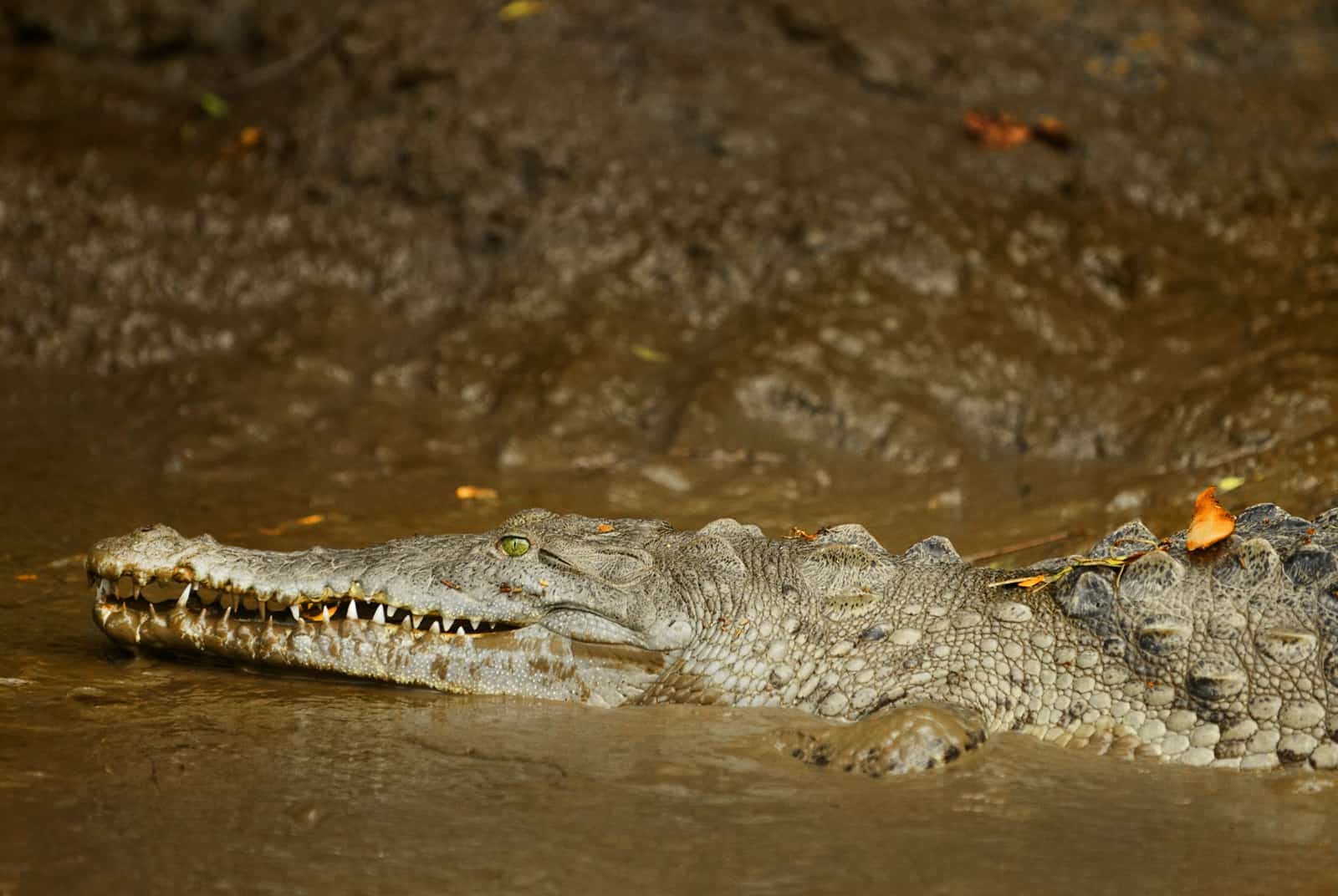Costa Rica is full of adorable, cuddly and fascinating creatures, and it also has its fair share of animals that could kill you. Though animal-related deaths are extremely rare, it’s good to have an idea of what animals can cause you some serious harm.
Spiders
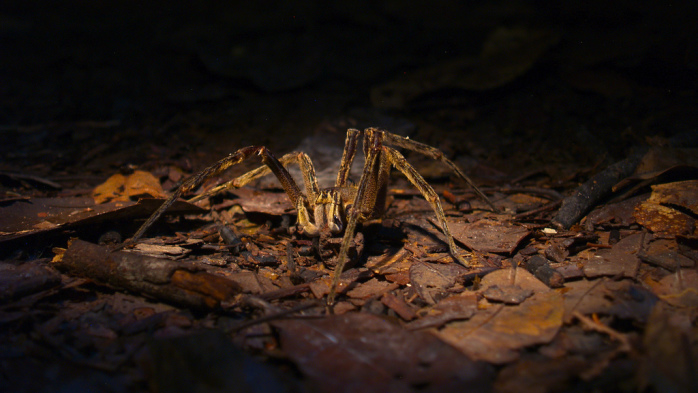
Costa Rica is home to some pretty scary-looking arachnids, but of the more than 20,000 species of spiders in the country, only a handful present any danger to humans. Unfortunately, within this handful is the most poisonous spider on the planet. The banana spider (Phoneutria fera), also known as the Brazilian wandering spider, is recognized as the world’s most toxic spider.
Using a powerful neurotoxin, a bite from this spider causes a loss of muscle control, and if untreated can eventually kill through paralysis and asphyxiation. The spiders are common in the jungles and banana plantations in Costa Rica, but most bites occur from spiders hiding in boots or socks.
Ants
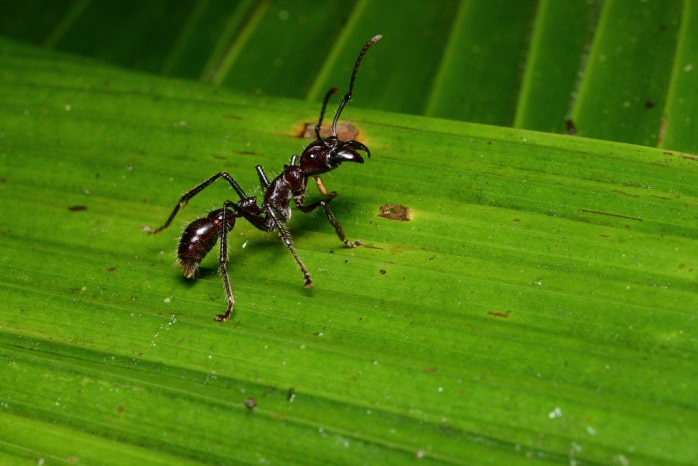
Costa Rican jungles are full of ants that bite, and while none of these bites will kill you, some may make you wish you were dead.For the uninitiated, fire ants and leaf-cutter ant bites are enough to bring on some tears, but the real threat is the famous bullet ant (Paraponera clava). Common in Costa Rica and most of Central and South America, bullet ants are widely recognized as having one of the most painful stings of any insect on the planet. Bullet ant victims have described the burning, 24-hour-long pain as worse than being shot, giving the ant its common name.
Crocodiles
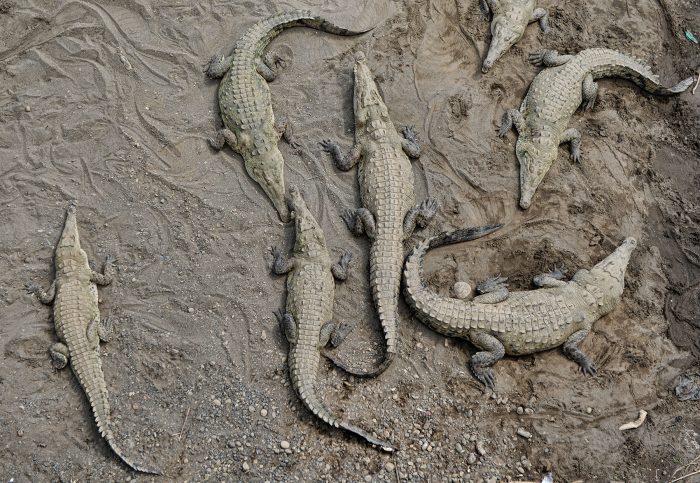
After the United States and Brazil, both many times larger than Costa Rica, this country has more deaths and attacks caused by the American crocodile (Crocodylus acutus) than any nation in the Western Hemisphere. American crocodiles (Crocodylus acutus) remain a significant concern in Costa Rica, with sporadic attacks often occurring in areas where human activity encroaches on crocodile habitats.
Recent years have seen increased efforts to manage human-crocodile conflicts, including the implementation of warning systems in high-risk areas and relocation programs for problem crocodiles. Conservation initiatives now focus on preserving crucial crocodile habitats while educating local communities and tourists about safe practices in crocodile territories. Despite these efforts, the growing human population in coastal areas continues to present challenges for coexistence.
Bulls
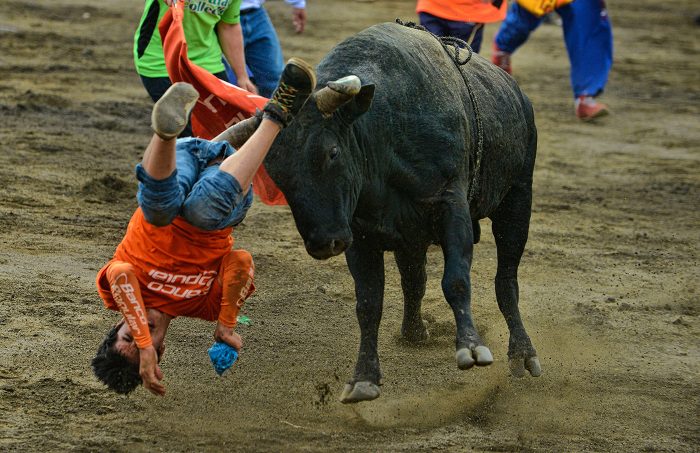
Despite increased safety measures, injuries at Costa Rican rodeos still occur. While fatalities have decreased due to improved medical response and protective gear, the tradition of amateur bull-riding continues to pose risks to participants.
Recent years have seen growing debate about the ethics of these events, with animal rights activists calling for their ban. However, supporters argue for the cultural significance of the tradition. As a compromise, some regions have introduced synthetic bull-riding machines as a safer alternative, though traditional events still draw significant crowds.
Big cats
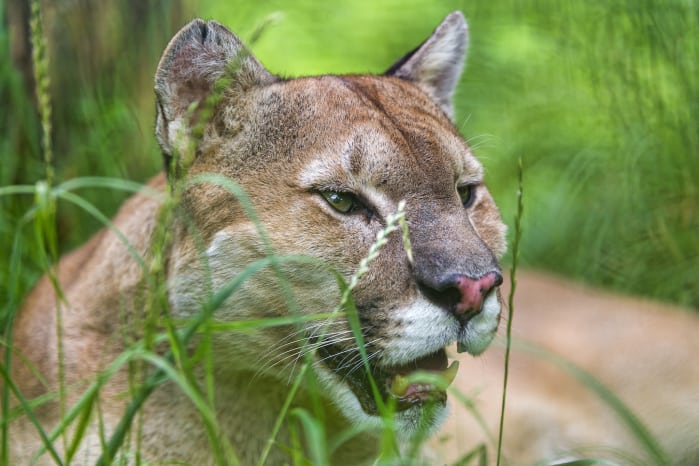
Due to its size and powerful bite, jaguars (Panthera onca) are mistakenly thought by many to be the region’s most dangerous cat. Actually, of the cat species large enough to prey on humans, jaguars are the least likely to attack.
On the other hand, cougars (Puma concolor), Costa Rica’s second-largest cat species, have been known to be aggressive towards humans in their territories. But while a puma is certainly powerful enough to wound or even kill a human, attacks are still very rare and there are no reports of deaths in recent years.
Snakes
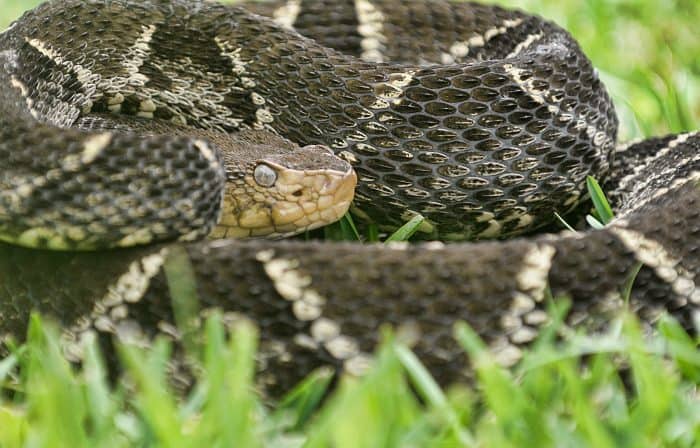
There are 22 species of venomous snakes in Costa Rica, and the Clodomiro Picado Institute, a leader in snake-bite research, estimates that the country has at least two deadly snakes per hectare. Between the years 2000 and 2013, an average of 576 people were treated for snake bites per year, mostly in rural communities along the Pacific Coast.
Costa Rica’s most dangerous snake by far is the fer-de-lance (Bothrops asper), known as a terciopelo in Spanish. While this snake is not Costa Rica’s most venomous, its aggression, breeding patterns, and rapid venom production mean it is accountable for nearly all serious snake bites in the country.
Mosquitos
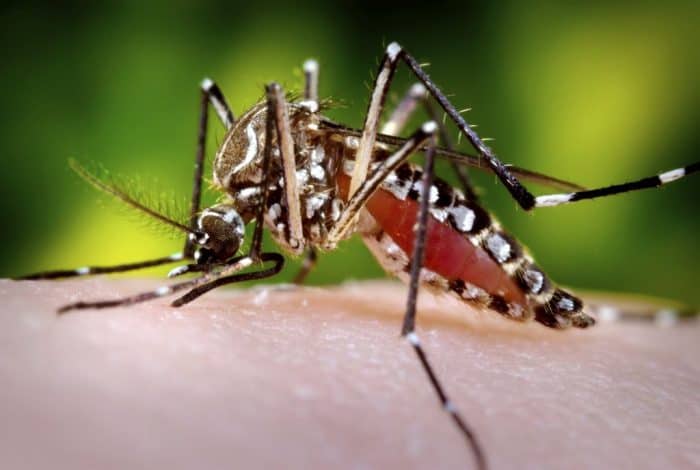
We end with a small but mighty foe. A mosquito bite likely won’t kill you, but the disease you could get from that bite might. Costa Rica has experienced severe outbreaks of dengue in the past, with tens of thousands of cases and multiple deaths reported during peak years.
Now a new, more dangerous disease has crept into the country’s mosquitos with the chikungunya virus. The virus produces the same symptoms as dengue — high fever, headaches, muscle and joint pains, nausea and rashes — but is more aggressive and can last for as long as 10 months.

